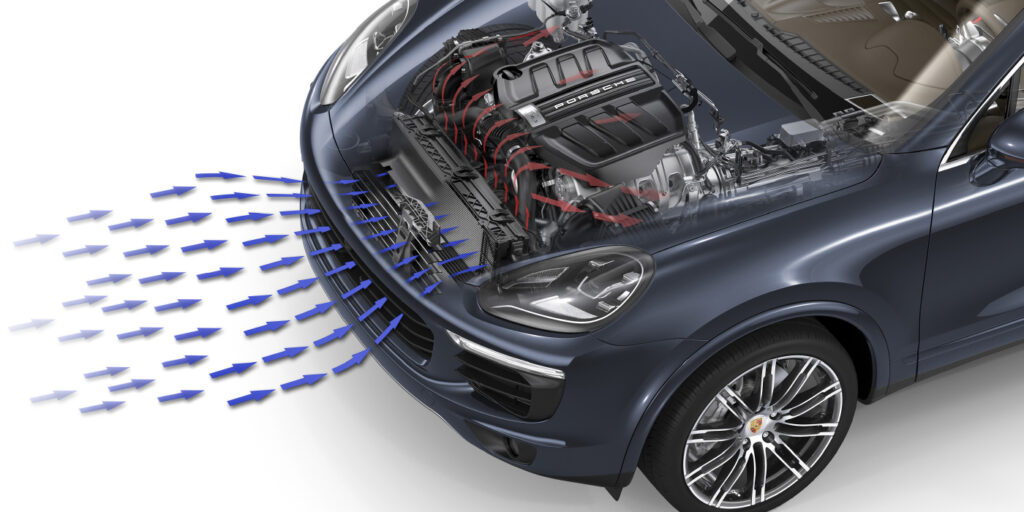Affected vehicle: 2002 Nissan Xterra SE, 3.3L
Complaint: The customer states the check engine light is on and the engine hesitates upon acceleration.
The technician connected a scan tool and found code P0102 – Mass or Volume Air Flow “A” Circuit Low. He then performed an inspection of the mass airflow (MAF) sensor and related wiring harness, but found no obvious faults. Next, live data was monitored with the scan tool, and the MAF sensor read 2.2 grams per second. The MAF sensor should have read 3.3 grams per second at idle. With a multimeter, a voltage drop test on the MAF sensor ground wire was performed, and the tech found a 0.1-volt drop across the ground wire.
Next, he measured the voltage at the MAF sensor connector with the multimeter, and found battery voltage was present at the connector. Also using the multimeter, he checked for continuity between the MAF sensor connector and the powertrain control module (PCM) connector, and found continuity was present between the connectors. With the engine at operating temperature, he used the multimeter to measure voltage at terminal 54 of the PCM, and found 0.4 volts. The measured voltage should have been 1.0-1.7 volts. It was determined there were no circuit faults and the MAF was defective.
Correction: The MAF sensor was replaced, codes were cleared, he test-drove the vehicle and completed the code set enable criteria. The check engine light did not illuminate and no fault codes returned.
Courtesy of Mitchell 1’s SureTrack.













